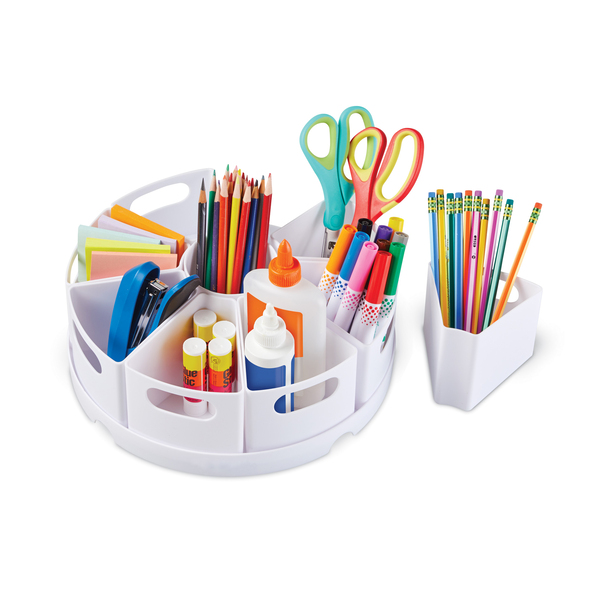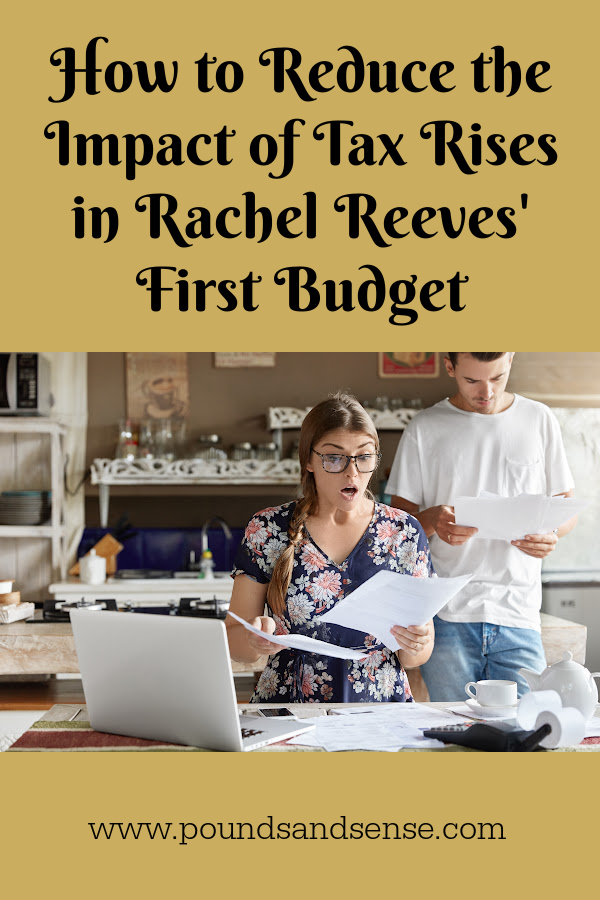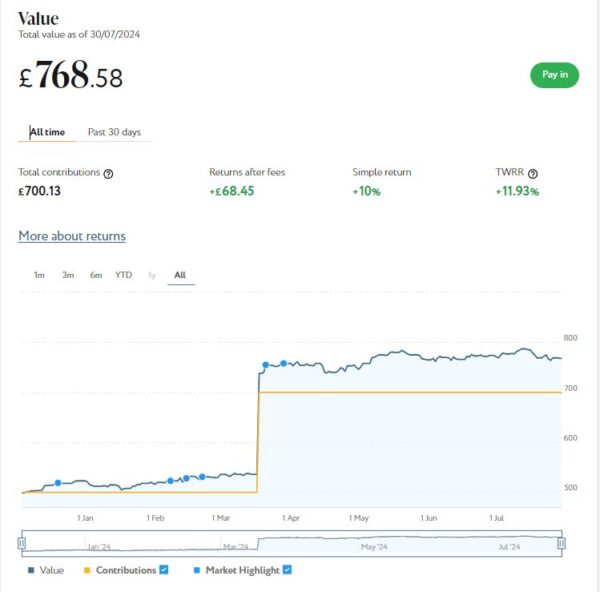UK Bloggers’ Back to School Giveaway 2024
Yes, it’ s time for another exciting giveaway here on Pounds and Sense. This one has a ‘back to school’ theme. In most parts of the UK, of course, this occurs in early September. Scottish schools generally return a bit earlier, around mid-August.
Again I have clubbed together with some of my fellow UK bloggers to provide a plethora of great prizes. And the best news is, it’s entirely free to enter. The giveaway is open now and will close on September 1st 2024.
The prizes have been hand-picked for children and young people returning to school this autumn, so they should be ideal for your children or grandchildren. But if you want to keep any for yourself, we promise we won’t tell!
This event has (again) been organized by Rowena Becker, who blogs at My Balancing Act. No small amount of effort has been involved in arranging and co-ordinating it, so many thanks again to Rowena for her hard work and dedication.
Without further ado, then, I’ll hand you over to Rowena to introduce the giveaway…
Back to School Giveaway
Get ready for an exciting opportunity as some of the top UK bloggers unite to bring you a fantastic back-to-school giveaway! We’ve teamed up to offer one lucky winner a fabulous collection of school essentials that will make heading back to the classroom a breeze.
From stylish lunch bags and durable water bottles, to school shoes and jackets, this giveaway promises to equip you with some great goodies to kick off the school year in style. Join us in this collaborative celebration and enter for your chance to win these amazing prizes. Let’s make this school year the best one yet!
In order to be able to bring you this incredible giveaway, some of the UK’s top bloggers got together. A massive thank you to all involved! The bloggers taking part are:
My Balancing Act | The Mum Diaries | Boxnip | Welsh Mum | Wotawoman Diary | Catch Up With Claire | Synderella Slims | Pounds and Sense | Jenny in Neverland | Life with Jupiter & Dann | Be Your Own Example | Diary of the Evans-Crittens | Have A Merry Little Christmas | Crafted With Perfection | Thrifty Husband | Norfolk’s Best | Joanna Victoria | Crazy Little Thing Called Love | Birds and Lilies | My Life Your Way | We Made This Vegan | Things To Make And Do | Cosy Cottage Chronicles | Sunshine and Selfies | Single Dad’s Guide To Life | Two Plus Dogs | Hannah and the Twiglets | Cats Kids and Chaos | Anything and Everything Else | The Money Making Mum | The Property Investor Blog
The Prizes
Start-Rite school shoes

Start-Rite Shoes is giving one lucky winner the chance to win a pair of school shoes for their child.
The foundation of any school uniform is a quality fitted pair of shoes, but there is nothing uniform about a Start-Rite school shoe! With 12 new styles added to their school shoe collection this season, Start-Rite is more prepared than ever to protect your children’s feet. No one size fits all, as every pair of feet has individual requirements to ensure healthy physical development.
Whether you’re looking to support wide or narrow feet, a high instep, or shoes that double for a special occasion, Start-Rite has a style to suit every child.
EcoSplash Fleece Lined Jacket Navy from Muddy Puddles

Gear up for the ultimate back-to-school season with Muddy Puddles’ in our back-to-school giveaway! Included in the prize bundle is a top-tier kids waterproof jacket that ensures your young adventurers are ready for any weather.
This navy raincoat features an impressive waterproof rating of 10,000mm to keep your child dry during heavy downpours, perfect for rainy days. Crafted from durable, breathable fabric made from recycled plastic bottles, it’s both eco-friendly and long-lasting. The soft fleece lining provides extra warmth, while the jacket’s design makes it easy to layer across various seasons. Fully taped seams offer robust protection against the elements, and reflective details enhance visibility in low-light conditions for added safety. Plus, it’s machine washable at 30 degrees for easy care.
Muddy Puddles has your kids covered for back to school with their back to school jackets, waterproofs, and more—ensuring every rainy walk to school, puddle-jumping session, and chilly playground adventure is tackled in style and comfort!
Smash lunch bag and water bottle set

Gear up for the school year with an essential lunch bag and water bottle set! The Smash Lunch Bag is your kids perfect lunchtime companion, designed with full insulation and an antibacterial lining to ensure their meals are as fresh as possible. Made from premium neoprene, this lunch bag is not only fully washable but also brings a splash of personality and fun to every meal.
Stay hydrated in style with the Smash Twin Wall Soda Bottle. Made from durable stainless steel, this sustainable bottle features a sleek design and a removable cap, making it an ideal everyday accessory. It’s BPA-free, food-safe, non-toxic, and offers a smart, twin-walled construction.
Create-a-Space™ Storage Centre from Learning Resources

Introducing a stylish addition to any back-to-school setup: the Create-a-Space™ Storage Centre from Learning Resources, which is part of our exclusive giveaway prize bundle! Perfectly blending modern design with practicality, this white 10-piece set will seamlessly fit into any décor theme, whether at home or in the classroom.
The carousel-style design features 8 removable containers, providing the perfect solution for organising essentials like glue sticks, crayons, pens and more. Keep your workstation clutter-free and enjoy a space that is as functional as it is chic with this versatile storage centre.
LittleLife Flip-Top Water Bottle!

Family active outdoors brand, LittleLife, is giving one person their choice of a flip-top water bottle, perfect for the school day.
Made from impact-resistant Tritan copolyester, a watertight lid and holding 550ml, these bottles are durable and fit fuss-free into your child’s school rucksack or backpack. LittleLife’s water bottles also come with a chew-resistant straw to avoid lingering tastes and odours due to being BPA-free.
Brainstorm Toys Children’s 14cm Desktop World Globe

Discover new horizons with the Brainstorm Toys Children’s 14cm Desktop World Globe, a shining star in our back-to-school giveaway prize bundle! This compact yet high-quality globe is a treasure trove of knowledge, showcasing detailed political boundaries, natural wonders like lakes, rivers, and deserts, as well as capitals and major cities.
Perfect for curious minds, this globe is ideal for home or school, making it a must-have for any aspiring explorer. The sturdy base ensures stability, while its easy rotation allows young adventurers to seamlessly explore different areas of the world. Enhance your child’s learning experience and ignite curiosity with this engaging educational tool.
Little Brian Scribble Paint Sticks

Unleash your creativity with Scribble Paint Sticks by Little Brian, a standout addition to our giveaway prize bundle! These innovative paint sticks are perfect for adding intricate details and patterns to your artwork, thanks to their finer tip. Featuring 12 vibrant classic colours, they bring your child’s artistic visions to life with ease. Enjoy a mess-free painting experience where paint twists up and down just like a glue stick and dries in under 60 seconds. Whether you’re working on paper, card, wood, or glass, these versatile paint sticks make it simple to explore your creativity without the clean-up hassle.
How to Enter
You can enter this Back to School Giveaway by completing as many Rafflecopter widget entry options below as you like. All entries will be collated, and one winner will be randomly chosen via Rafflecopter.
Terms and Conditions
- The giveaway will run from 4 pm 23rd August 2024 to 8 pm 1st September 2024.
- The winner will be notified by email from rowena@mybalancingact.co.uk
- The winner will have 7 days to respond, after which time we reserve the right to select an alternative winner.
- This prize draw is in no way sponsored, endorsed or administered by, or associated with, Facebook, Instagram, X, YouTube, BlogLovin or Pinterest or any other social media platform.
- Prizes open to over 18s only. Age verification may be required to receive some prizes.
- Some or all of the prizes may take a few weeks to arrive.
- If any prizes are out of stock then we will do our best to find a suitable replacement but cannot guarantee it.
- Anyone who unfollows before the giveaway ends or doesn’t complete the required entry action will be disqualified.
- The prize is non-transferable, non-refundable and cannot be exchanged for monetary value.
- We may be using a parcel service or Royal Mail for some of the prizes and their standard compensation will apply in the event of loss or damage.
- Some items may be sent directly by the supplier and we do not have responsibility if these go missing and we cannot replace such items.
- In the unlikely event that one of the companies withdraws a prize, we cannot offer an alternative.
- The winner’s name will be stated on some or all of our bloggers’ websites and announced on Twitter/X and other social media channels. It will also be displayed on the Rafflecopter entry form. By entering this prize draw, you give your permission for this.
- Please note the winner may have the same name as you so if you see your name displayed, be aware that you are not the winner unless you have been notified by us.
- There may be some delays in receiving prizes.
Good luck, and I hope a Pounds and Sense reader wins this fabulous prize bundle!
Note: This post (and others on Pounds and Sense) includes affiliate links. If you click through and make a purchase or perform some other specified action, I may receive a commission for introducing you. This will have no effect on the product or service you receive or the price you pay for it, but it does help me pay my bills. Thank you!














